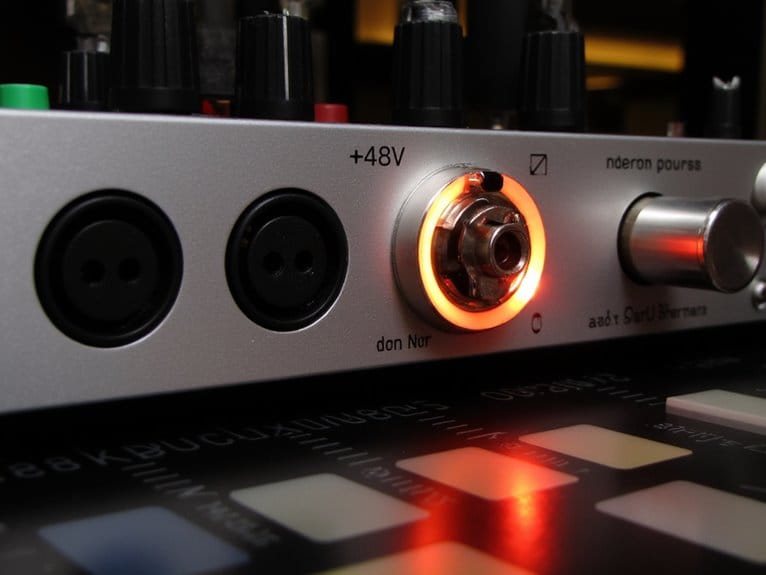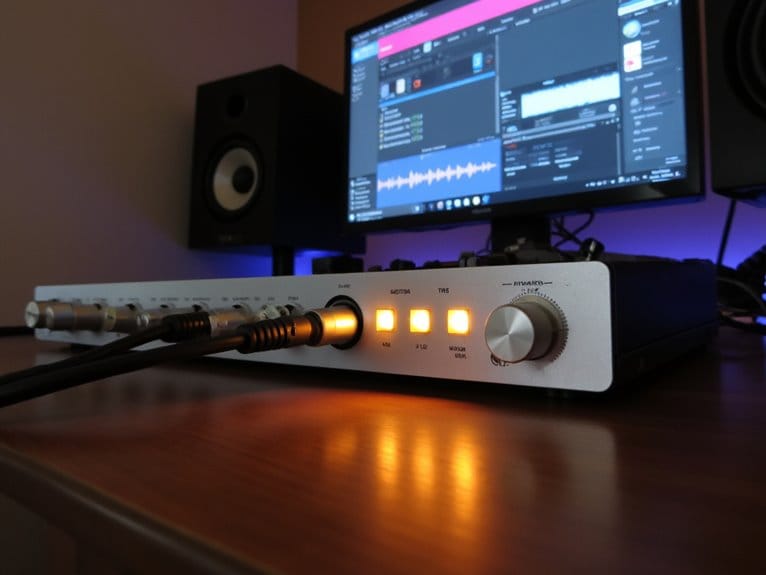Is Fingerpicking Harder Than Strumming?
Fingerpicking is generally considered a more technically demanding technique than strumming, requiring exceptional finger independence, dexterity, and coordination to produce complex, interlocking patterns. Unlike strumming, which relies on a sweeping motion and emphasizes arm and wrist movement, fingerpicking demands precise control and intricate fingerwork. While strumming can be physically demanding due to repetitive motion, fingerpicking poses a unique set of challenges, including developing hand independence, finger strengthening, and rhythmic accuracy. Mastering fingerpicking techniques takes time and practice, but the payoff is well worth the effort – and the journey is full of intriguing nuances waiting to be uncovered.
We are supported by our audience. When you purchase through links on our site, we may earn an affiliate commission, at no extra cost for you. Learn more.
Physical Demands of Strumming
Strumming, a fundamental guitar-playing technique, demands a high level of physical dexterity, coordination, and endurance, often requiring a guitarist to repetitively execute intricate movements with their fingers, wrists, and arms. This repetitive motion can lead to fatigue, particularly in the forearm and shoulder muscles. A strummer must also develop a strong, relaxed grip to maintain control over the pick, while avoiding unwanted tension that can throw off timing and tone. In addition, strumming patterns often involve rapid, alternating movements, which can be challenging to master, especially at higher tempos. Moreover, despite these physical demands, many guitarists find strumming to be a rewarding and expressive technique that adds dynamic energy to their music.
Finger Independence and Dexterity
Every fingerpicking guitarist must cultivate exceptional finger independence and dexterity, as this intricate technique relies on the ability to control and articulate each digit individually, often in complex, interdependent patterns. This means developing the ability to isolate each finger, assigning specific tasks to each, and synchronizing their movements with precision. It's like choreographing a tiny, intricate dance on the fretboard. As the fingers learn to work together in harmony, the guitarist can begin to delve into the rich, expressive textures that fingerpicking has to offer. With consistent practice, the fingers will eventually develop a 'mind of their own,' allowing the guitarist to focus on the music itself, rather than the physical demands of playing.
Rhythmic Complexity Compared
How do fingerpicking and strumming differ in terms of rhythmic complexity, and what implications do these differences have for the guitarist's technical and musical approach? Fingerpicking typically involves intricate, interlocking patterns that require precise control over individual fingers, resulting in a more complex rhythmic landscape. In contrast, strumming often relies on a more straightforward, sweeping motion, allowing for a simpler rhythmic structure. This fundamental difference affects the guitarist's technical approach, as fingerpicking demands greater finger independence and coordination, while strumming emphasizes arm and wrist movement. Musically, fingerpicking can create a rich, polyrhythmic tapestry, whereas strumming tends to produce a more driving, consistent pulse. By understanding these rhythmic differences, guitarists can tailor their approach to suit their musical goals in respect to achieving their desired sound.
Learning Curves and Challenges
As guitarists navigate the distinct rhythmic landscapes of fingerpicking and strumming, they inevitably encounter unique learning curves and challenges that test their technical prowess and musical intuition.
One of the primary hurdles is developing the necessary hand independence and coordination for fingerpicking, which can be a significant departure from the more fluid motion of strumming. Additionally, the following challenges arise:
- Finger strengthening and dexterity: Building up the necessary finger strength, agility, and precision to execute intricate fingerpicking patterns.
- Rhythmic accuracy: Mastering the subtle rhythmic nuances and timing required for fingerpicking, which can be more unforgiving than strumming.
- Tonal control: Balancing tone and dynamics between fingers to create a cohesive, expressive sound.
Mastering Fingerpicking Techniques
To master fingerpicking techniques, guitarists must focus on developing a range of skills, from fundamental hand positions and finger placement to intricate pattern manipulation and expressive nuance. This requires a deep understanding of finger independence, dexterity, and coordination. A strong foundation in basic fingerpicking patterns, such as the alternating bass line or arpeggio, is essential. Guitarists should also experiment with different right-hand techniques, including thumb-only, finger-only, and combination approaches. As skills improve, focus on refining tone, dynamics, and articulation to add emotional depth to your playing. With patience, persistence, and a dash of humor, the rewards of mastering fingerpicking will be well worth the effort.


